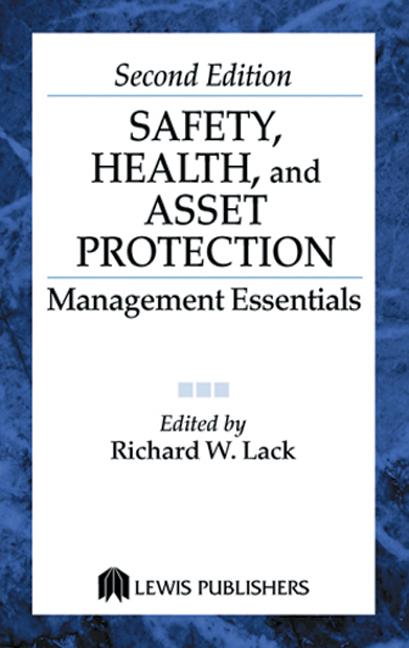Best practices for workplace wellness programs
Culture of health and strategic communications
Building a company-wide culture of health and developing an effective communications strategy are characteristic of companies with outstanding workplace health promotion programs, according to a report in the February Journal of Occupational and Environmental Medicine, official publication of the American College of Occupational and Environmental Medicine (ACOEM).
CPWR, NIOSH, OSHA get ready for 2016 construction fall prevention campaign
A large scale effort to prevent falls in the construction industry will have its fifth incarnation this year, and its organizers are anticipating a bigger-than-ever event.
Are these dangerous items in the cargo of the plane you’re flying on?
The National Transportation Safety Board issued two safety recommendations Tuesday to physically separate lithium batteries from other flammable hazardous materials stowed on cargo aircraft and to establish maximum loading density requirements that restrict the quantities of lithium batteries and flammable hazardous materials.
Obama budget proposal addresses “misclassification” of workers
The 2017 budget proposal unveiled by President Obama yesterday includes $10 million “for activities to address the misclassification of workers.”
Driver fatigue led to fatal 2014 multi-vehicle collision in Ill.
The National Transportation Safety Board announced Tuesday that the probable cause of a fatal January 2014 crash near Naperville, Ill., was a truck driver’s delayed reaction caused by fatigue and the poor safety behavior of a high-risk motor carrier.
Safety pros are obsessed about the wrong things
Since the advent of the safety function, it’s been borrowing tools from other disciplines and building practices based on data gleaned from the earliest research in industrial psychology.
OSH report from abroad
Spate of fatal accidents spurs investigation in Singapore
A total of 500 workplaces across the island will be inspected over the next four weeks after nine workers died in accidents last month, the Ministry of Manpower (MOM) said.
Pa. roofing contractor exposes workers to fall hazards - again
Company cited for similar hazards eight times since 2008
DDP Roofing Services Inc., of Glen Mills, Pennsylvania, has been cited by OSHA for one repeat and one serious safety violations.
Researchers scramble to learn more about Zika virus
The National Institutes of Health last week announced that it was making research into the Zika virus – and how it affects pregnancy and the developing fetus – a top priority.
Understanding noise exposure limits: Occupational vs. general environmental noise
Noise-induced hearing loss (NIHL) is 100% preventable; however, once acquired, it is permanent and irreversible [NIOSH 1998]. Understanding and minimizing the risks associated with noise exposures are the keys to preventing noise-related hearing loss.
What happened?
U.S. roadway deaths jump in 2015
The U.S. Department of Transportation’s National Highway Traffic Safety Administration (NHTSA) has announced its latest estimate of traffic deaths, which show a steep 9.3 percent increase for the first nine months of 2015.
Oil & gas industry launches blowout preventer reliability Joint Industry Project
The International Association of Oil and Gas Producers (IOGP) and International Association of Drilling Contractors (IADC) have launched of a collaborative safety project to advance the safety and efficiency of global drilling operations.
Alliance on crane, hoist hazards renewed
OSHA has renewed its alliance with Crane, Hoist and Monorail Partners, signing a five year agreement to address hazards and new technology encountered by workers who manufacture and use cranes, hoists and monorails.
MSHA implements 2nd phase of respirable coal dust rule
Main says rule is achieving goal
Eighteen months after its landmark rule aimed at preventing black lung disease took effect, the Mine Safety and Health Administration (MSHA) is implementing Phase II. Beginning today, underground coal mine operators are required to collect an increased number of coal dust samples, use a continuous personal dust monitor to measure dust levels in real time, and notify miners more quickly about the results of dust sampling.


